LEGO Education’s Dynamic New SPIKE Prime for STEAM Learning
Produce and program a robot from a multi-port hub, bricks, sensors and motors
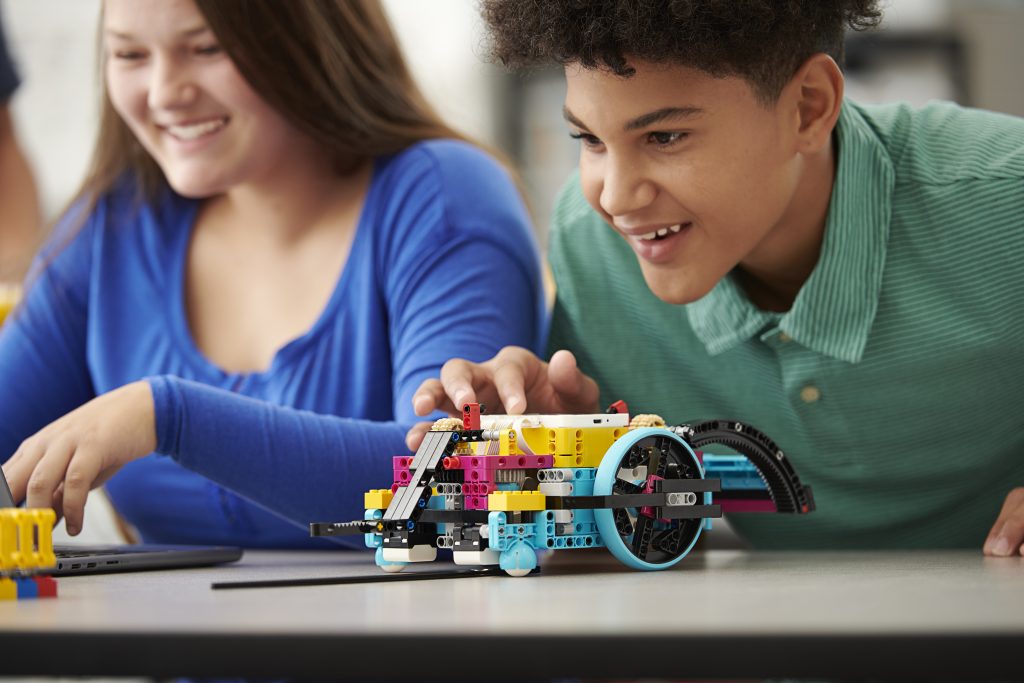
Everyone’s earliest LEGO experiences begin with stacking bricks. This is an observation documented by the team at LEGO Education, an entity within LEGO Group that builds kits and classes to coincide with the STEAM learning system. Founded in 1980, LEGO Education signifies the toy brand’s expansion from pieces and puzzles to lesson plans. Their latest release, SPIKE Prime for middle schoolers, embodies this transformation. From its 528 bricks to its multi-port battery hub, sensors and motors, the kit includes everything a student needs to iterate programmable robots. SPIKE Prime comes with an intuitive app based on the drag-and-drop Scratch coding platform, as well as 32 lessons (each with a concise 45-minute build and assess time). It’s also just straightforward and fun from start to finish.
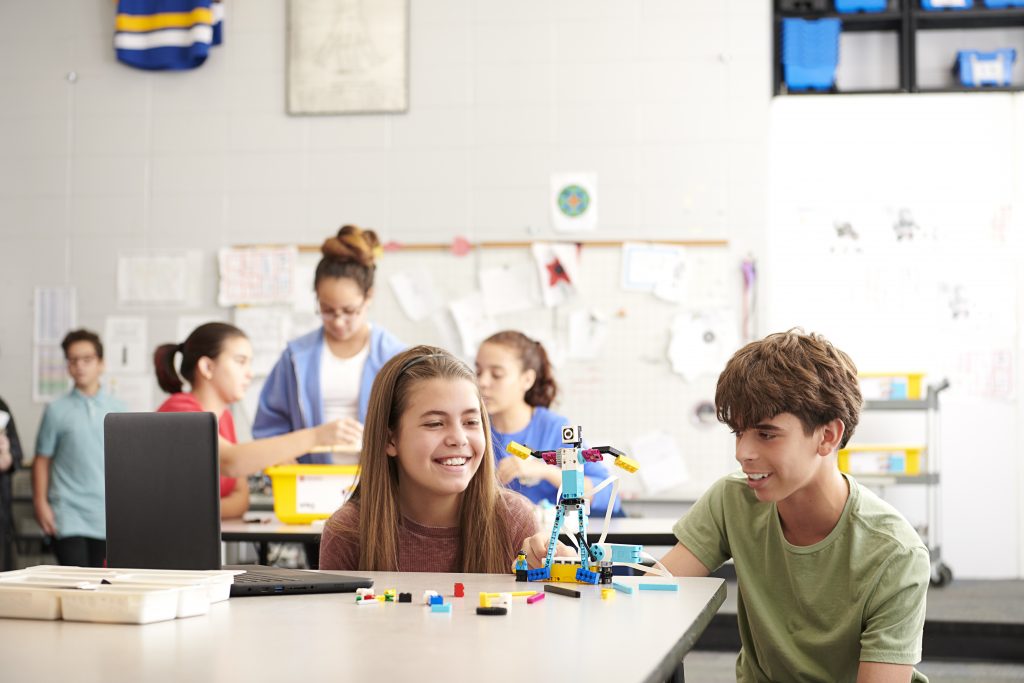
LEGO Education senior concept lead Siddharth Muthyala and his team worked on the physical product design of SPIKE Prime and also the visual language for the app and its digital components. Most of Muthyala’s time, however, was dedicated to lesson plans and a curriculum that aligns with international standards. “STEAM directly talks about technology,” he tells us, regarding product development. “It’s a good starting point, but from there we look at what we expect the learning outcome to be.”
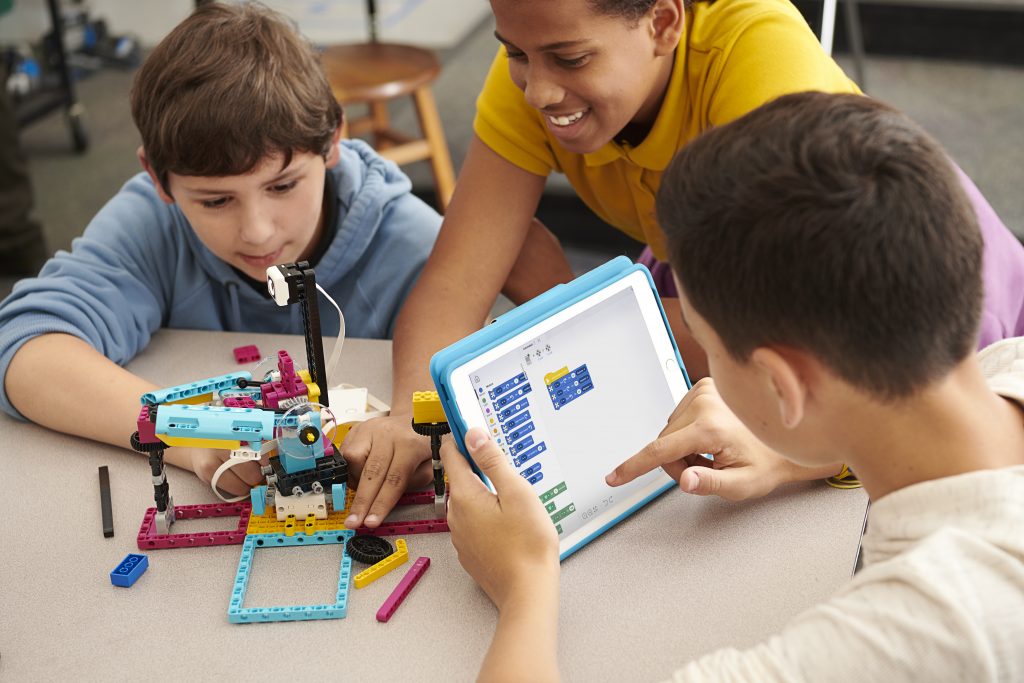
“Middle school is a crucial time when boys and girls lose interest in STEAM subjects and technology,” Muthyala continues. “We want to make sure that every student falls in love with prototyping, programming and iterating.” To do so, they built SPIKE Prime upon the same LEGO system that everyone knows and loves, only they incorporated a brain—really, a ported hub—that speaks to the app. It’s rechargeable by micro-USB and activates motors, as well as the pressure- and color-sensors.
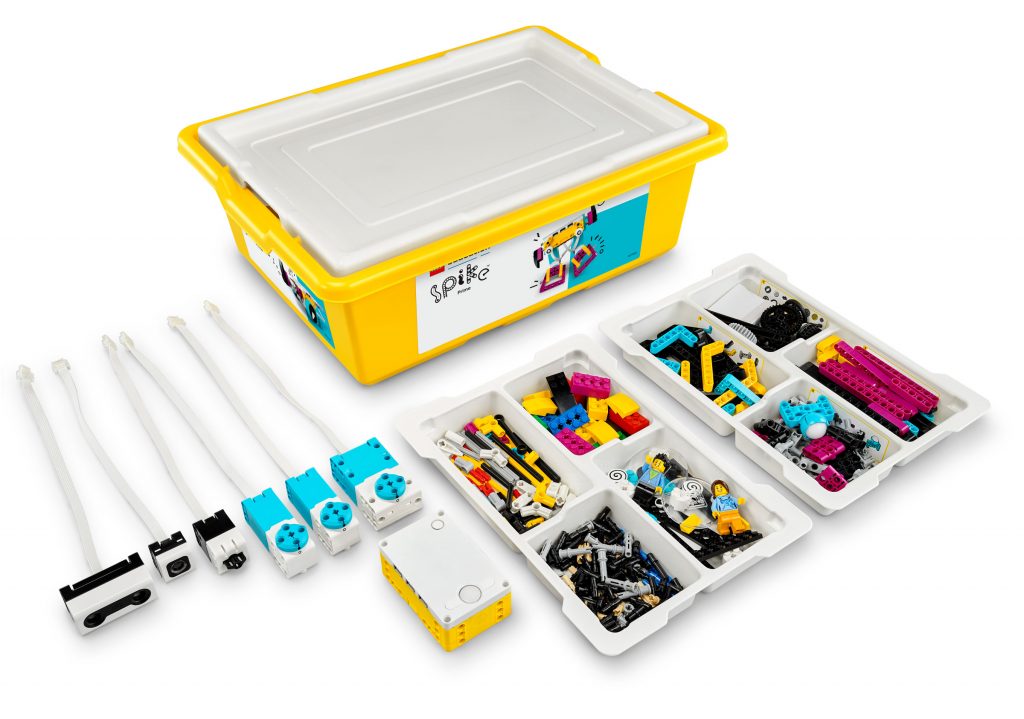
Lessons, and the app, help children figure out how to make use of the hub. For instance, we took a lesson with Muthyala, drawn from an academic category called the Invention Squad. For the activity, dubbed “Robot Race,” we were presented with a challenge: knowing that two motors move in a particular way, how do you get the hub to move? We were allowed to experiment with all components until it moved. There are near endless possibilities and the resulting robot speaks to a child’s ability to think critically and even imagine. Often, in these hands-on robotics sessions, kids produce robots that defy expectation. Rarely are two the same.
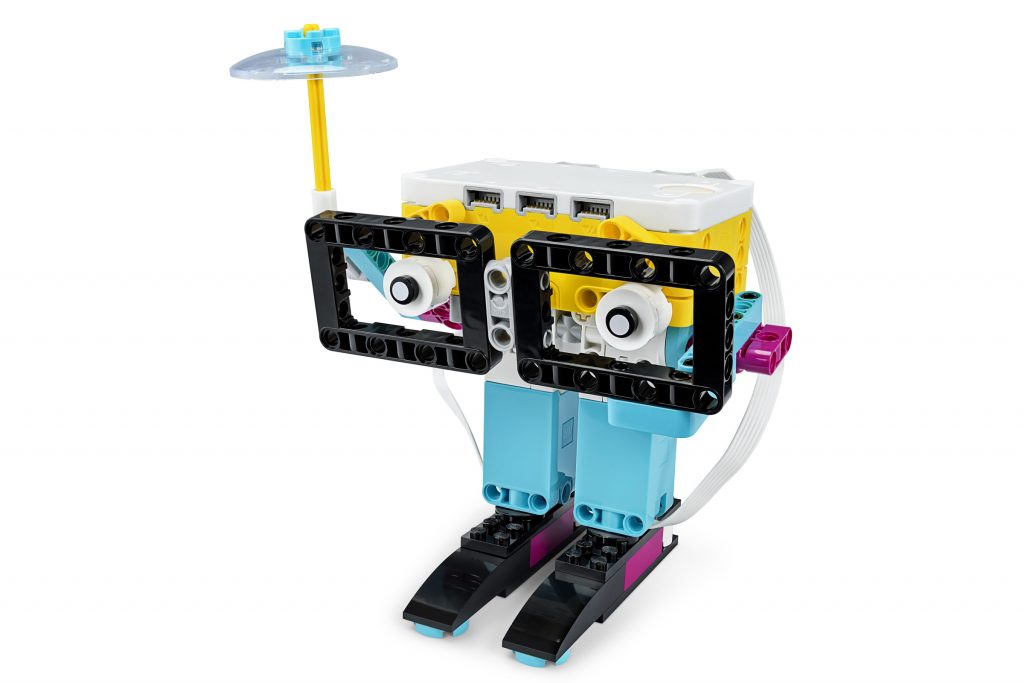
Some 11 new LEGO elements, honed over the course of two years, were produced to bring SPIKE Prime to life—including a variation of the classic LEGO brick, now with cross holes. “We have our thorough LEGO process of testing to make sure each new piece works across every other element,” Muthyala says, “and conditions that are very cold or hot.” With every new LEGO and LEGO Education product, children should be able to use the entire brick bin if they so choose—and even LEGO components from other sets as well.

As is the case with all LEGOs, color plays an important role for SPIKE Prime. “Colors are kids’ language,” Muthyala says, noting that the brand uses it as a communication tool, too. “We encourage kids to work in pairs,” he says. “It’s so much easier for a child to say, ‘Pass me the long magenta beam’ as opposed to ‘the one-by-seven technic beam‘ [the component’s actual name]. If you had the same colors you’d have to differentiate with weird words. We have those names, like ‘cross axel pin,’ but to kids it’s a red stick. We want to make sure the elements are easy to communicate.” Color is another component in the brand’s efforts to encourage fun—only education is an important part of the mix.
Images courtesy of LEGO Education












